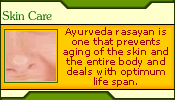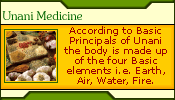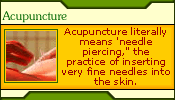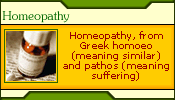| The skin is described according to modern
science as a combination of two layers. The outer tough and hard layer
called the epidermis and the inner thin or dermis layer. Epidermis
consists of flat cells fitted like plates dermis is separated from
epidermis with the basal membrane. Like nails, skin can also regenerate
itself if damaged by accident or bruise or some infection.
Apart from the layers, the human skin is made of cells. The youngest
cells are called basal cells and the skin cells are continuously
pushed towards the new basal cells on formation. The basal cells
undergo changes until they become squamous cells (a type of connective
cell), which migrate to the surface of the skin as older cells are
shed. The dermis and epidermis have special cells called melanocytes
that lie between hem. These cells produce melanin through a complicated
process and are responsible for skin coloration.
The pigment is taken up by the epidermal cells to give the skin,
its characteristic color. Decrease of melanin leads to gray hair
and a total loss of melanin produces white hair. The melanin pigment
is usually lost from both skin and hair in most people by the time
of old age.
The outermost layer of the cell is made up of dead cells and it
takes about 26 days for new basal cells to mature and get pushed
to the surface, thus most of the epidermis is replaced in about
26 days.
|


















